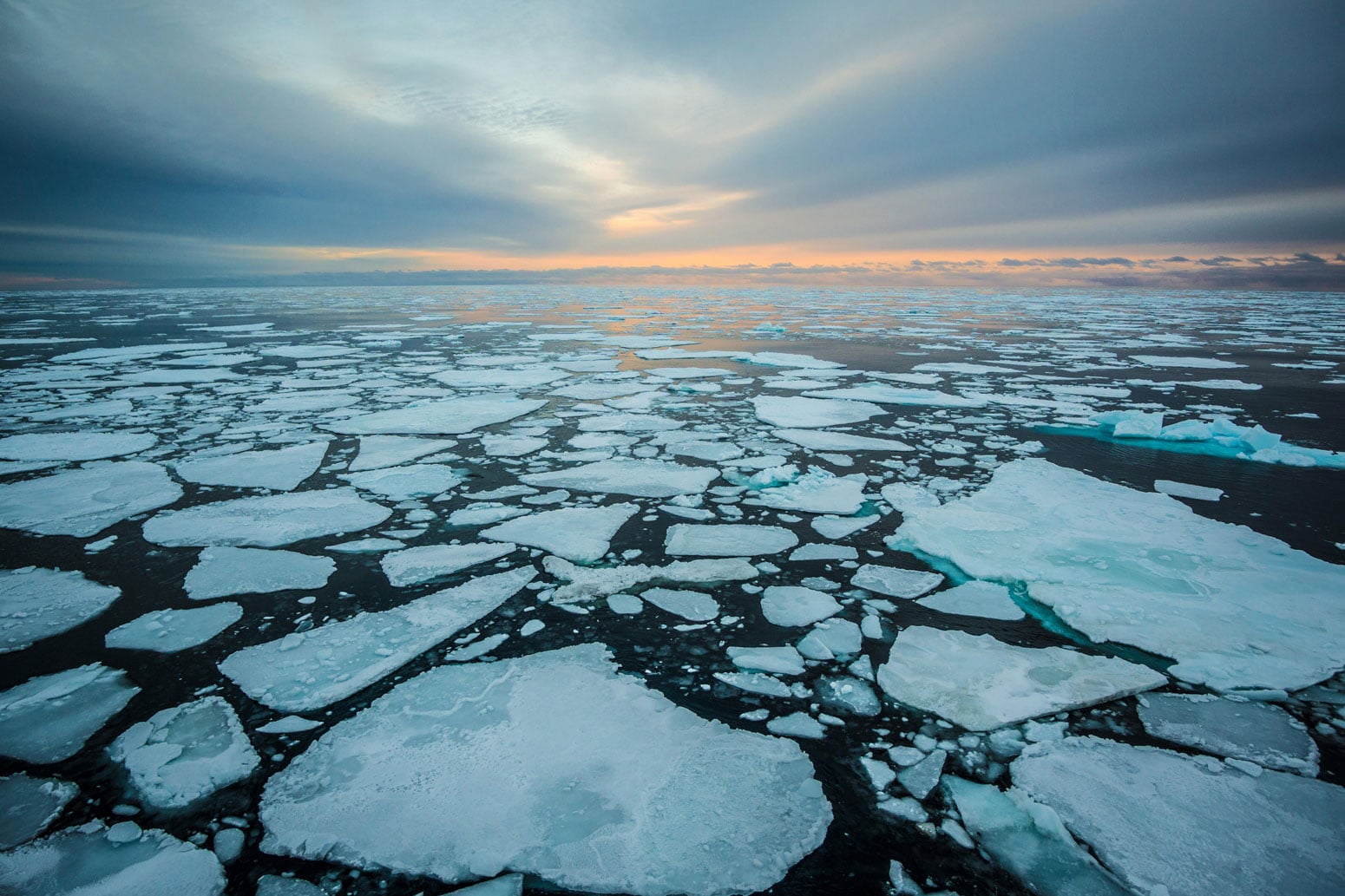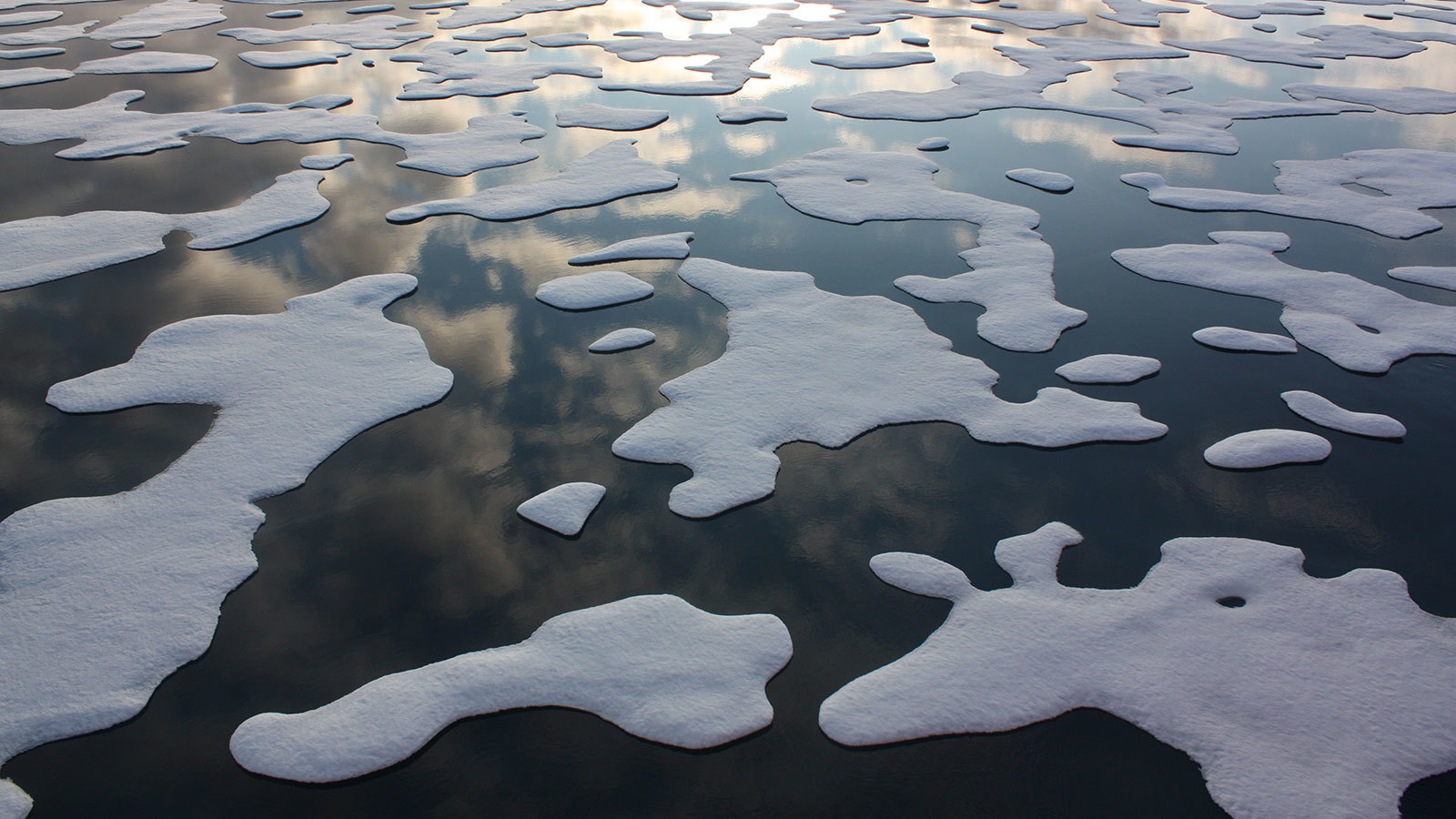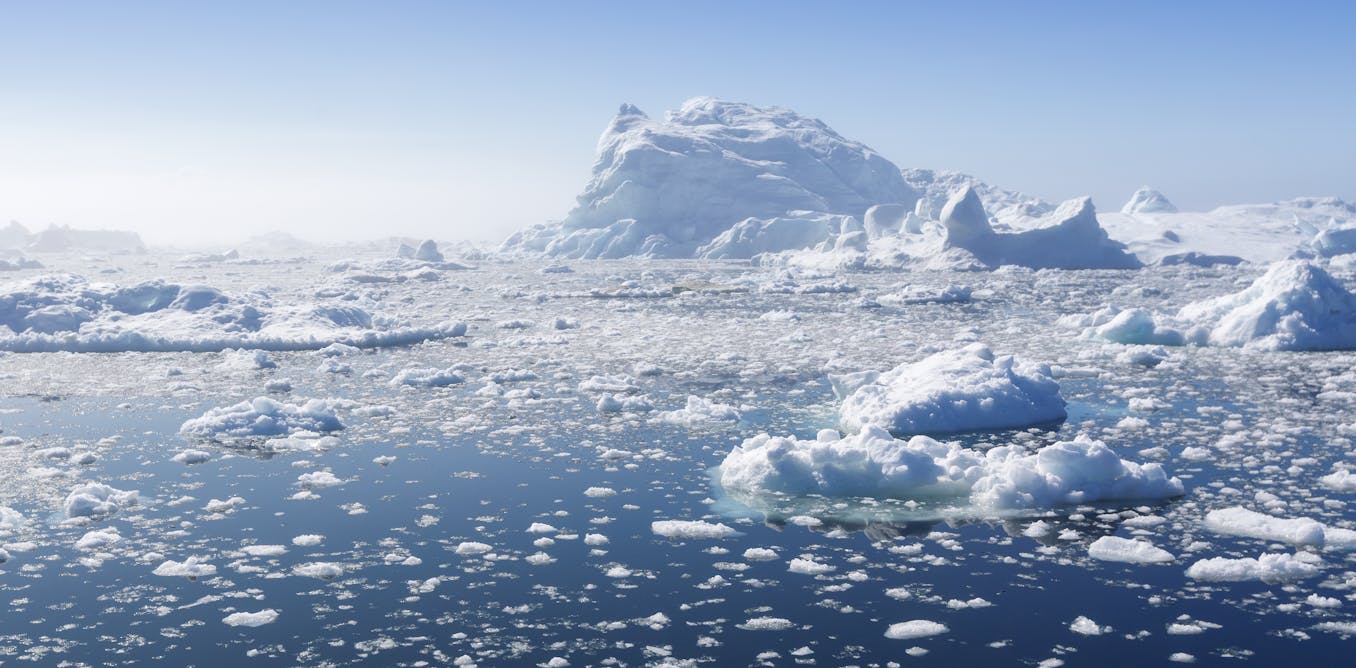According to a new study, climate warming targeted the critical thickness of the Arctic sea ice in two abrupt huge gobbles rather than gradually.
According to the study that underlines the significance of two large “regime shifts” that altered the character of the Arctic, sea ice swiftly lost more than half its thickness a little more than 15 years ago, becoming weaker, more susceptible to melting, and less likely to return.
Both 2005 and 2007 saw those significant bites. Before, it was challenging to leave the Arctic due to the older and misshaped sea ice. This allowed the arctic region to serve as the globe’s air conditioner during hotter summers. Yet as the ice in the Arctic gets younger, thinner, and easier to push out, it puts that vital cooling mechanism at greater risk, according to the study’s principal author.
Until 2007, 19% of the Arctic sea ice was at least 13 feet (4 meters) thick, making it taller than most elephants. Today, only 9.3% of the ice is at least that thick. The study published in Wednesday’s issue of Nature also found that the average ice age had decreased by more than a third, from 4.3 years to 2.7 years.
“The long-term impact of climate change on the Arctic sea ice” was cited.
A sea ice expert at the Norwegian Arctic sea Institute named Hiroshi Sumata is the study’s principal author. “Ice is considerably more vulnerable than before because it’s thinner; it may quickly melt,” he added. He asserted that all life forms in the Arctic depend on thicker sea ice.
The finding demonstrates “how the Arctic sea ice environment has experienced a fundamental transition,” according to Walt Meier, a scientist at the National Snow and Ice Data Center who wasn’t involved in the study. The reason the sea ice has yet to recover from those significant decreases is explained in this research.
Because satellites can easily assess the extent of Arctic sea ice, which is easier to measure than volume, previous studies focused more on that aspect of the ice’s distribution. Sumata overcame the difficulties of measuring from space by concentrating his observations on that ground-based choke point, where Greenland ultimately pushes 90% of the ice out of the Arctic through the Fram Strait.
He discovered that the first ice was becoming thinner and more uniform as it became younger, making it simpler to push across the Fram Strait. According to Sumatra, younger, sleeker ice is easier to force out of the Arctic than older, thicker ice because it lacks the odd edges and shapes that make thicker ice more difficult to force out.
The National Snow and Ice Data Center’s Mark Serreze, who was not involved in the study, noted that although scientists were already aware that sea ice was becoming thinner and less extensive, this “flushing” is crucial.
This cycle of warmer water made it more difficult for arctic sea ice to develop, survive, and thicken.
In an email, Serreze explained that because of these flushing episodes, the Arctic Ocean’s ice had had less time to develop and is more resistant to melting off. Yet because the Arctic is rapidly rising, it’s probably too late to hold out hope that the Arctic Ocean will recover.
According to Sumata, the periods of warm, expansive, ice-free open water in the Arctic in 2005 and 2007 likely exceeded those of previous summers. The dark ocean absorbs the sun’s heat and warms up while the white ice reflects it, a phenomenon known as ice-albedo feedback. According to him, this cycle of warmer water made it more difficult for arctic sea ice to develop, survive, and thicken.
Once the water has absorbed that heat, it isn’t easy to cool off. So, more significant warming shifts could occur in the future, making the ice thinner and weaker, but scientists warned against expecting quick cooling shifts that will cure the planet.
Sumata and Serreze predict that those unexpected warm leaps will occur shortly and are astonished that they haven’t yet. In 20 to 30 years, according to recent predictions, areas of the Arctic sea Ocean will be free of ice during the summer.
Even to regions hundreds of kilometers away that don’t freeze up, the thickness of the sea ice and the general health of the Arctic are vital, according to Sumatra.
The north and south poles act as the planet’s air conditioning system and radiator. Therefore it will impact the entire planet, according to Sumatra. And what we saw suggests that the air conditioner isn’t functioning properly.
SOURCE – (AP)







/cdn.vox-cdn.com/uploads/chorus_image/image/59038525/GettyImages_498047592.0.jpg)




